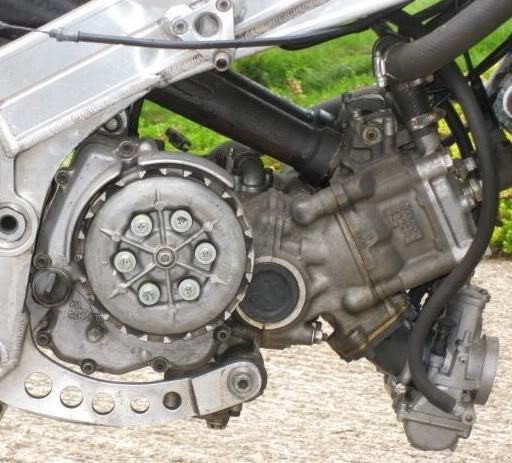brokenbudget
Addicted to ArboristSite
Who TF is chris j and what TF was the question? and all you poor precious little echo babies crying and bawling, get a grip, some clown asking me if i have "proof" of all the saws I've seen rattle to death in the bush.. hoho no idea this crowd
yep! didn't prove me wrong.:msp_rolleyes: couldn't come back with anything except useless drivel:spam:
come on pp boy, back up your claim. seems all you can do is throw insults when confronted with your own claims. wheres your proof of this 'death rattle'? somebody who claims a company is so bad would have something other than insults to fall on. heck, you'd think this would be a priority for that person considering said person is constantly whining and complaining about echos' quality.
so pp boy, why is it that people who buy these 'death rattle" machines are crybabies? please explain as it seems they are quite happy and don't seem to be snivling or complaining one bit with their purchase. even going so far as to buy more of them later. so come on pgg, what makes them bawling crybabies? seems only one person here crying about an echo.
'hoho no idea this crowd' what exactly does this mean? lots of people here right in this thread have run far more saw manufacturers, weather it's top handles or not, and they seem to be buying these little echos'. so why would you figure they don't have an idea? seems they have a far broader idea than some child with nothing better do to than dry hump a stihl and call it the best he's ever had.





